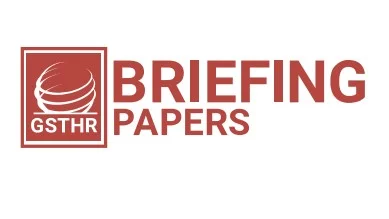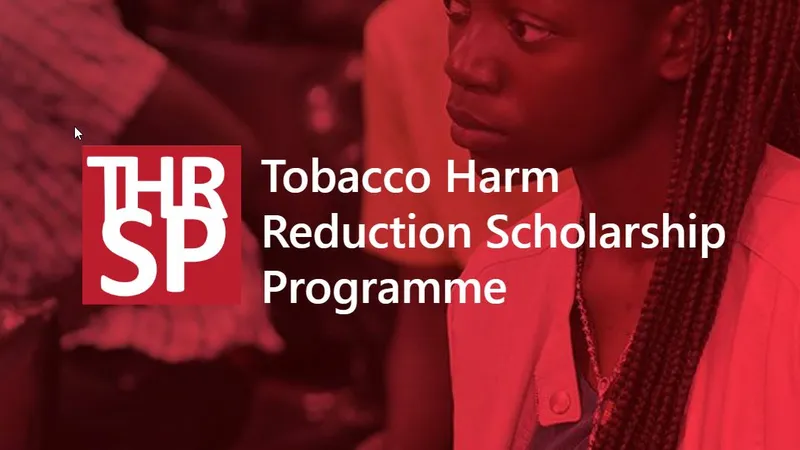The 10th session of the Conference of the Parties (COP10) to the WHO Framework Convention on Tobacco Control (FCTC) is taking place in late November in Panama. Decisions taken at these biennial meetings of nations that are signatories to the WHO FCTC (‘Parties’) influence how tobacco control policies are implemented at a national level.
The Global State of Tobacco Harm Reduction (GSTHR)'s new Briefing Paper provides an analysis of the meeting’s provisional Agenda and publicly available papers (as of late September 2023).
Titled The FCTC COP10 Agenda and supporting documents: implications for the future of tobacco harm reduction, this new publication is in addition to the GSTHR’s earlier FCTC COP10 explainer that offered an overview of the FCTC COP meeting and how it works.
The GSTHR’s analysis indicates that at present, tobacco harm reduction and its potential to reduce smoking-related death and disease are entirely absent from the proceedings. This is in contradiction to the obligation under the FCTC itself to include harm reduction as one of the three pillars of tobacco control, alongside supply and demand reduction. There remain over a billion smokers globally, despite more than two decades of tobacco control measures enacted under the FCTC.
Previous GSTHR research has estimated that over 112 million people worldwide are already using safer nicotine products, including nicotine vapes, snus, nicotine pouches and heated tobacco products. Countries such as the UK, New Zealand, Sweden and Japan, all of which are Parties to the FCTC, have witnessed accelerating declines in smoking rates. Tobacco harm reduction is either part of these nations’ official response to smoking or has emerged through a large-scale consumer-led switch to safer products from smoking.
Yet the publicly available documentation ahead of the FCTC COP10 only presents safer nicotine products as a threat to tobacco control, rather than as potential tools to support a switch from smoking and reduce high-risk tobacco use. Parties to the FCTC are expected to be encouraged to classify and regulate nicotine vapes, snus, nicotine pouches and heated tobacco products in the same way as tobacco and combustible tobacco. This risks removing or reducing access to safer options from people who already use them and may return to smoking – and from people who smoke and have the potential to switch and improve their health.
Speaking on behalf of the GSTHR, Professor Gerry Stimson commented:
“Having observed the WHO’s activities on this issue for some time, many are unsurprised that the FCTC COP10 meeting papers reveal a concerning direction of travel. The WHO and FCTC Secretariat’s refusal to engage with evidence from multiple countries that have witnessed accelerated declines in smoking rates is unscientific and unjustifiable. Their repeated characterisation of safer nicotine products as a threat to tobacco control runs directly counter to what should be the overarching goals of the Convention – to reduce smoking-related deaths and disease as rapidly and effectively as possible.
“People who use safer nicotine products are barred and have no voice at the FCTC COP10. Those Parties who have successfully adopted and supported access to these products as effective tools for smoking cessation must ensure that their own progress is not hindered by COP decisions - and that the potential for tobacco harm reduction is given due consideration by all Parties present in Panama next month.”

